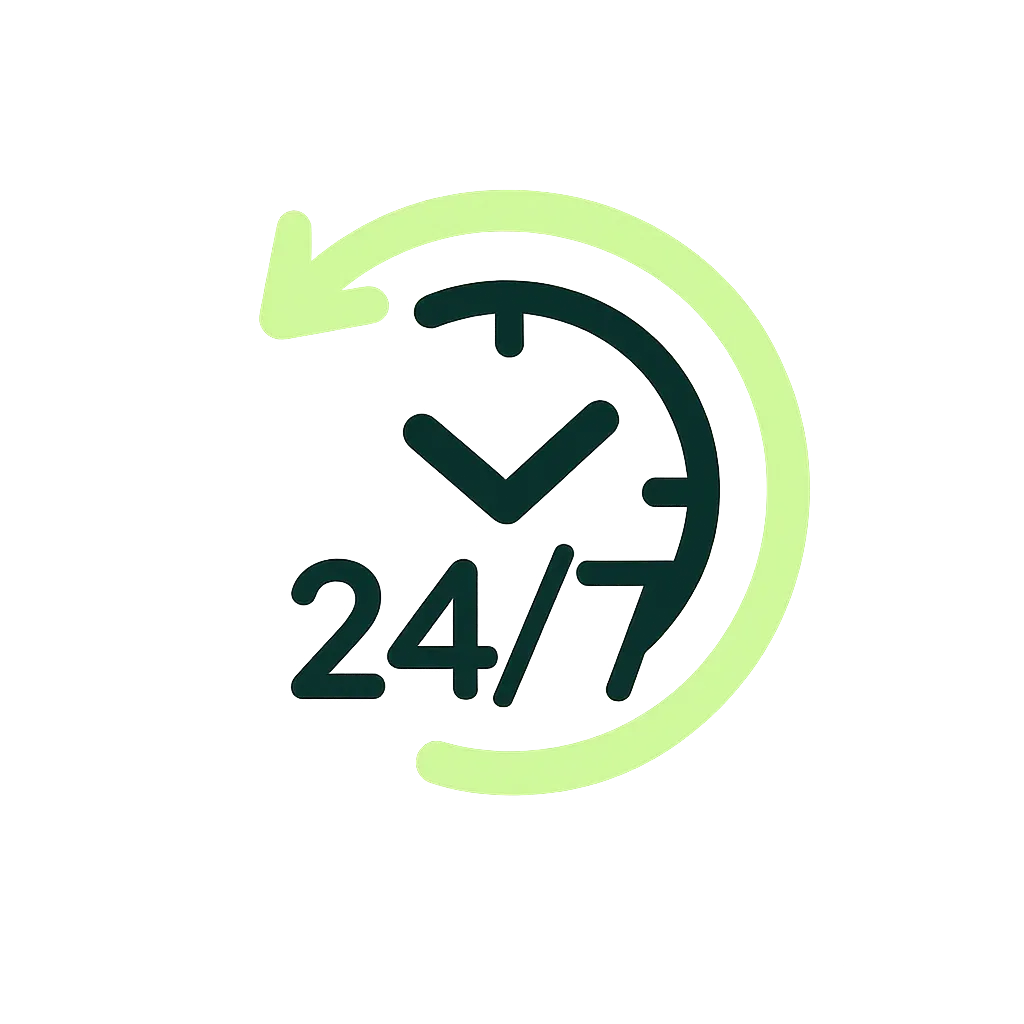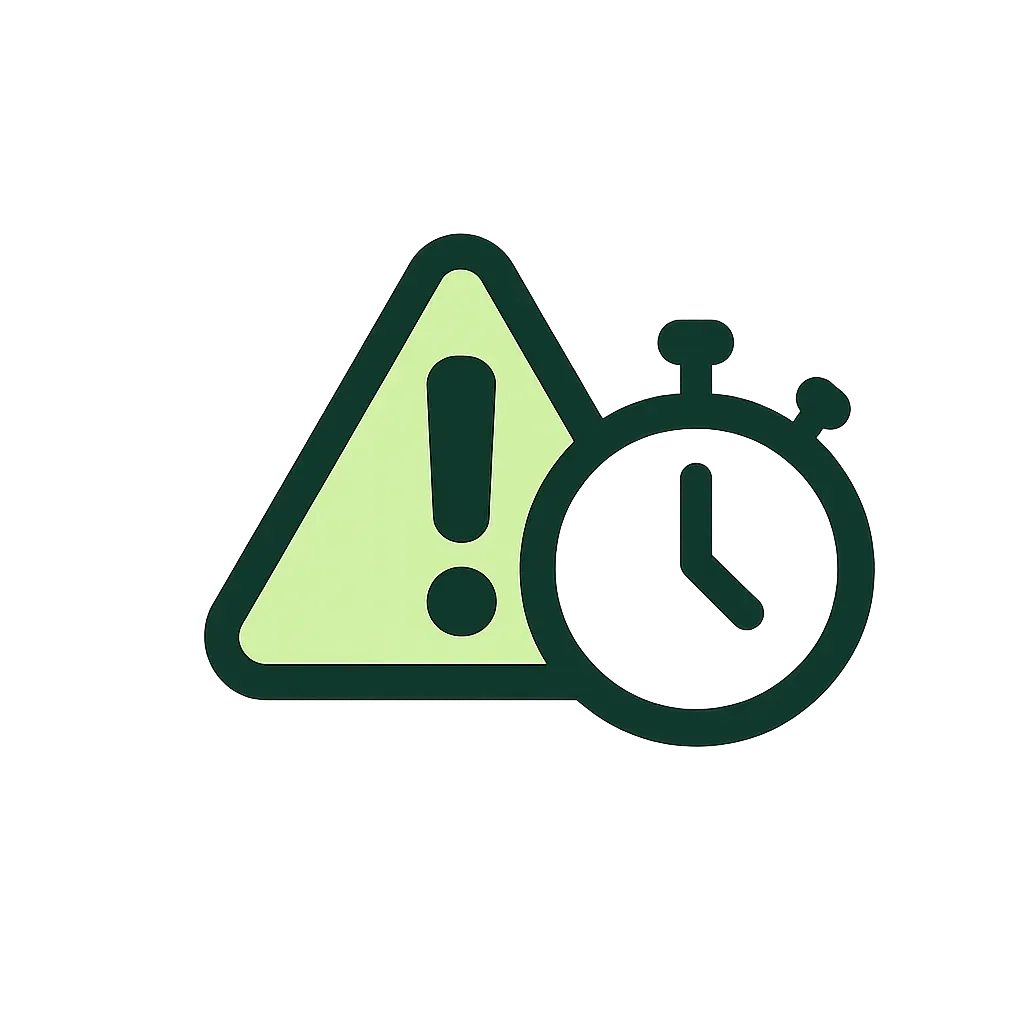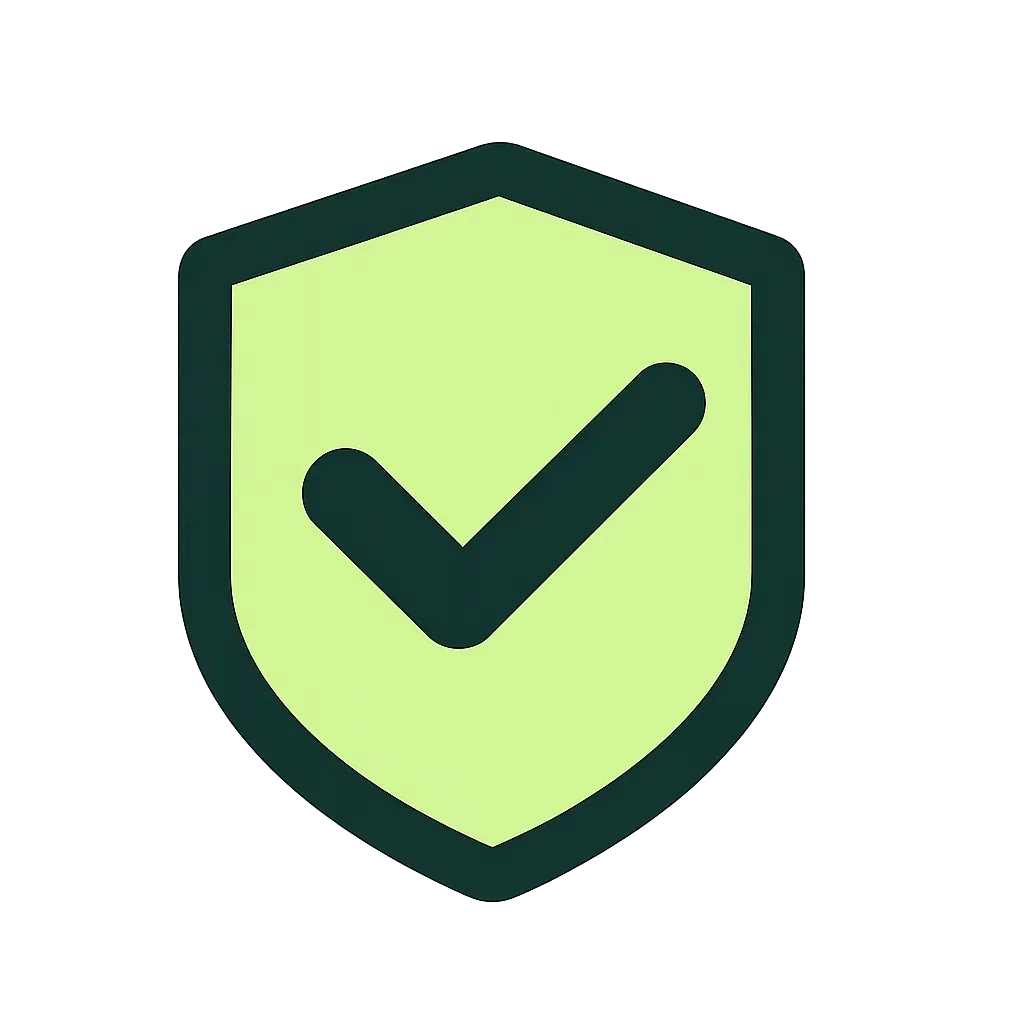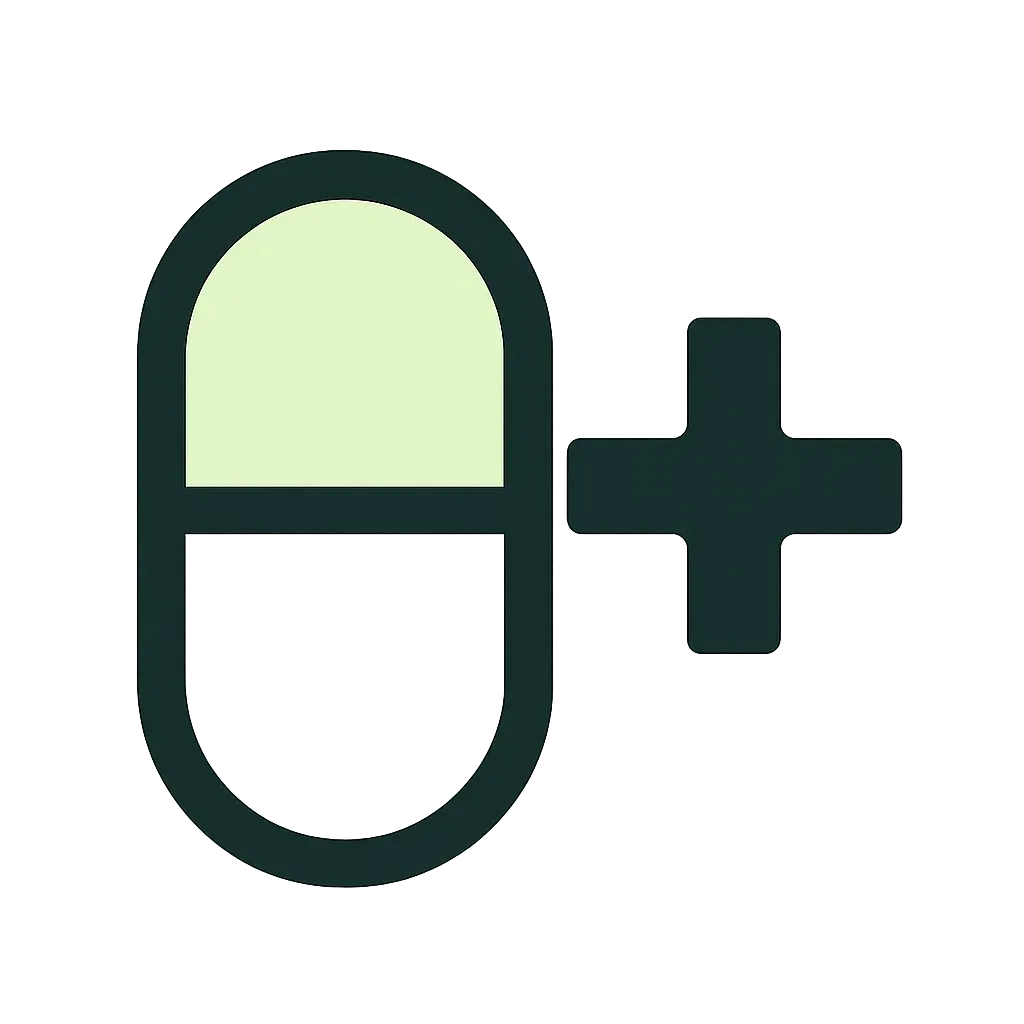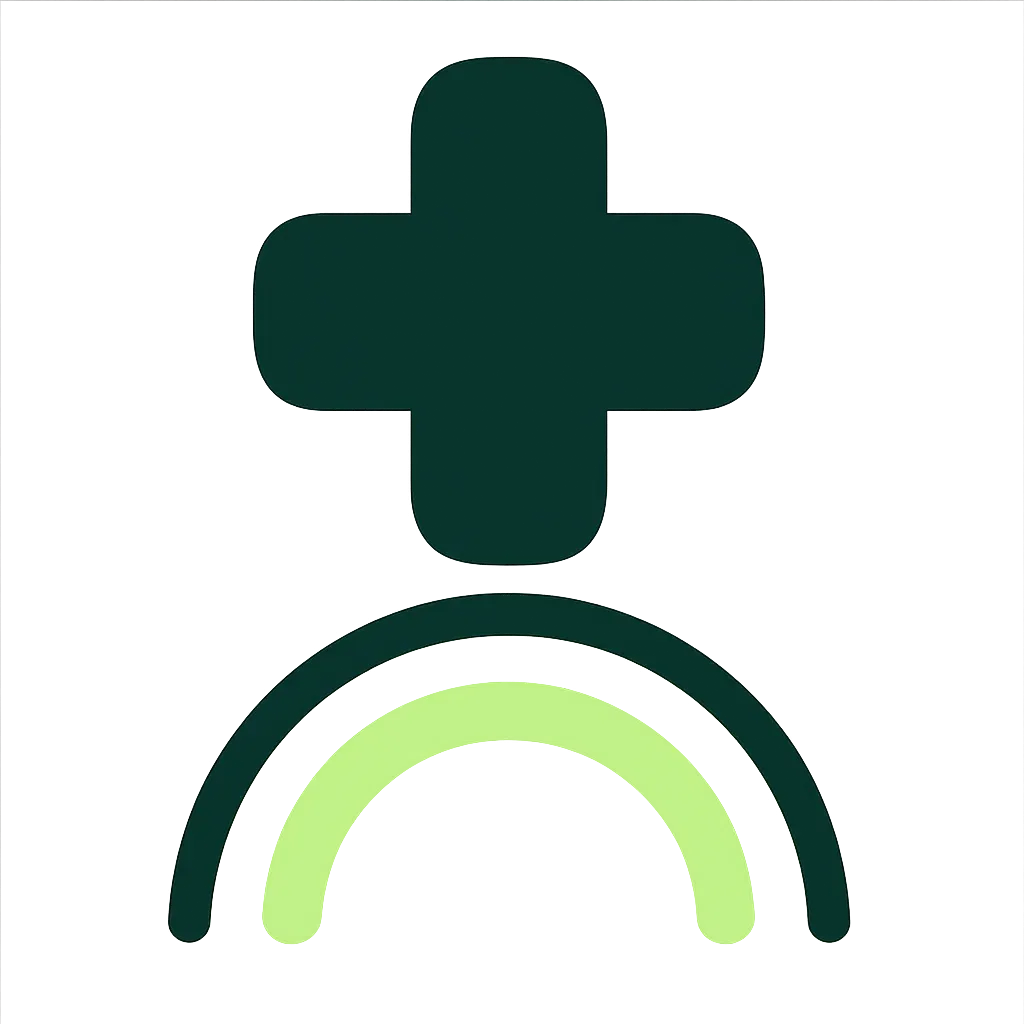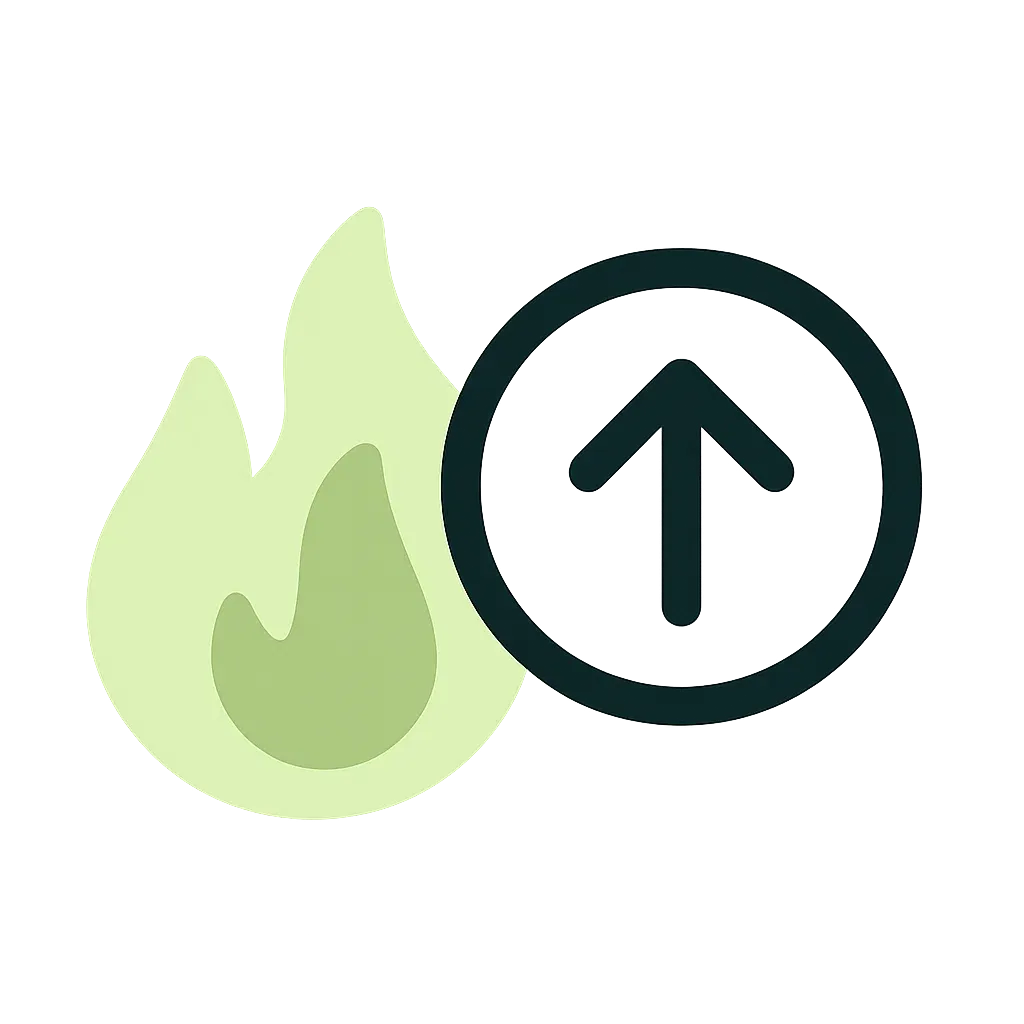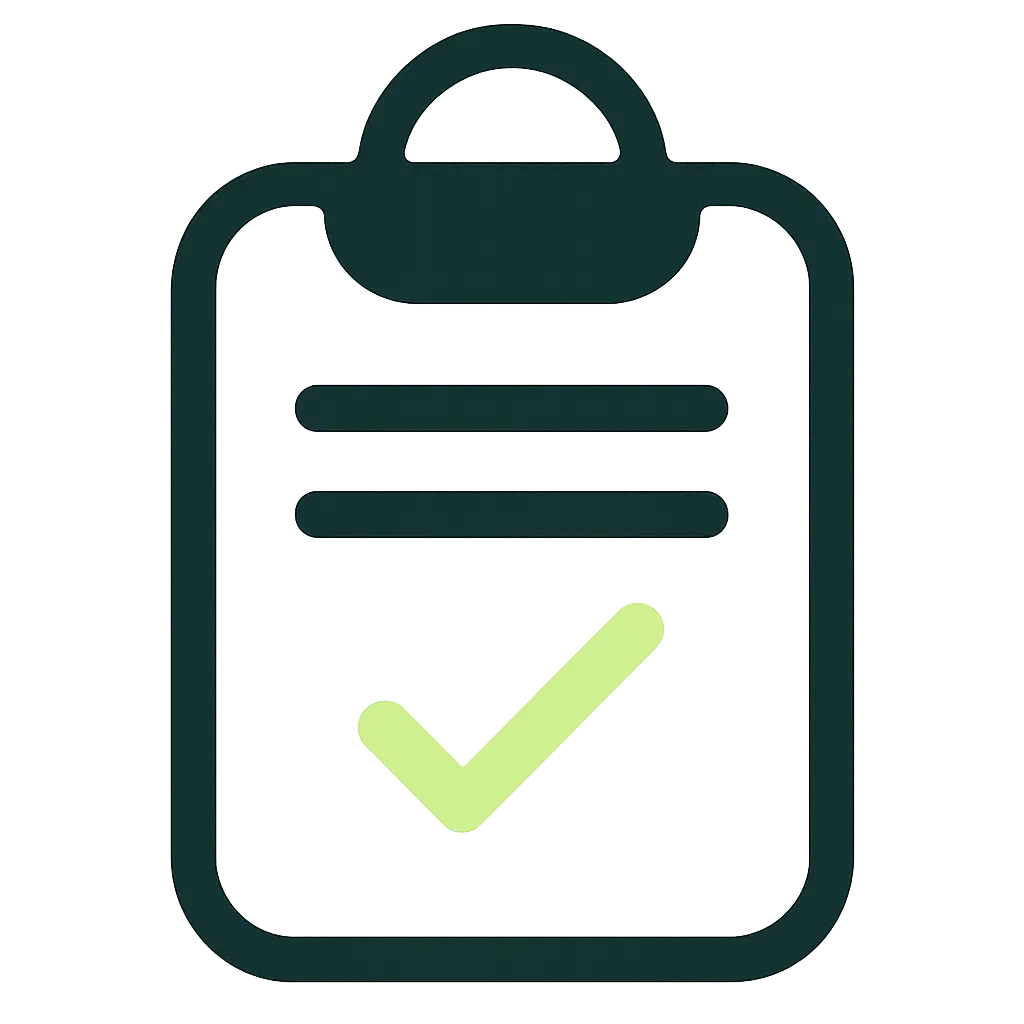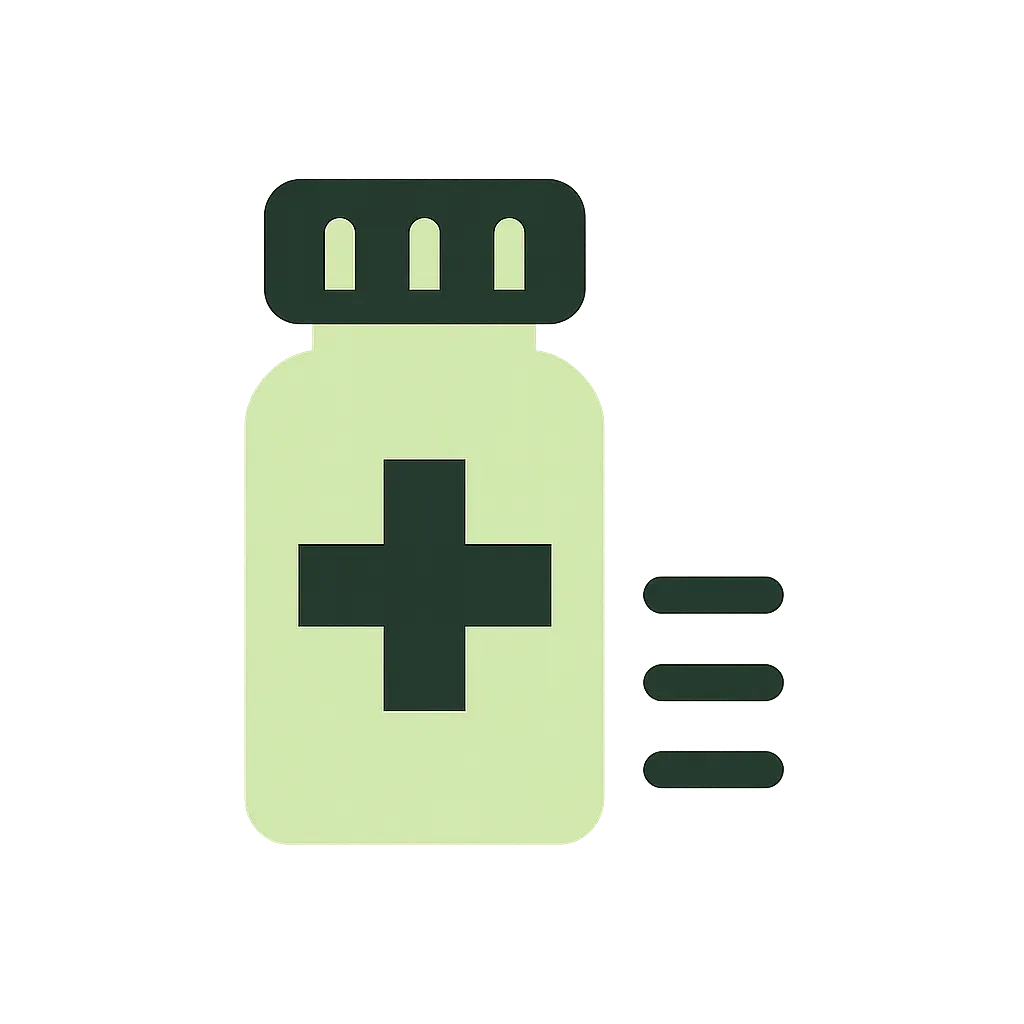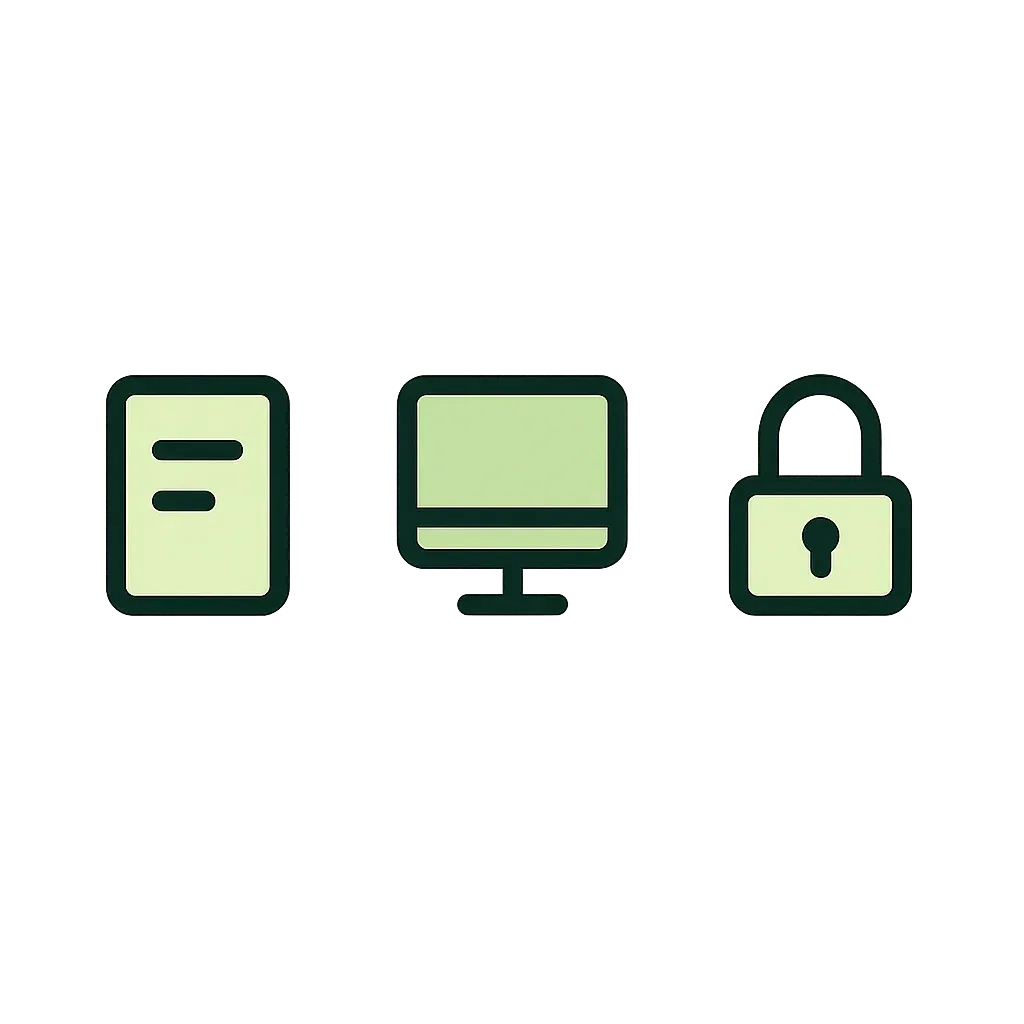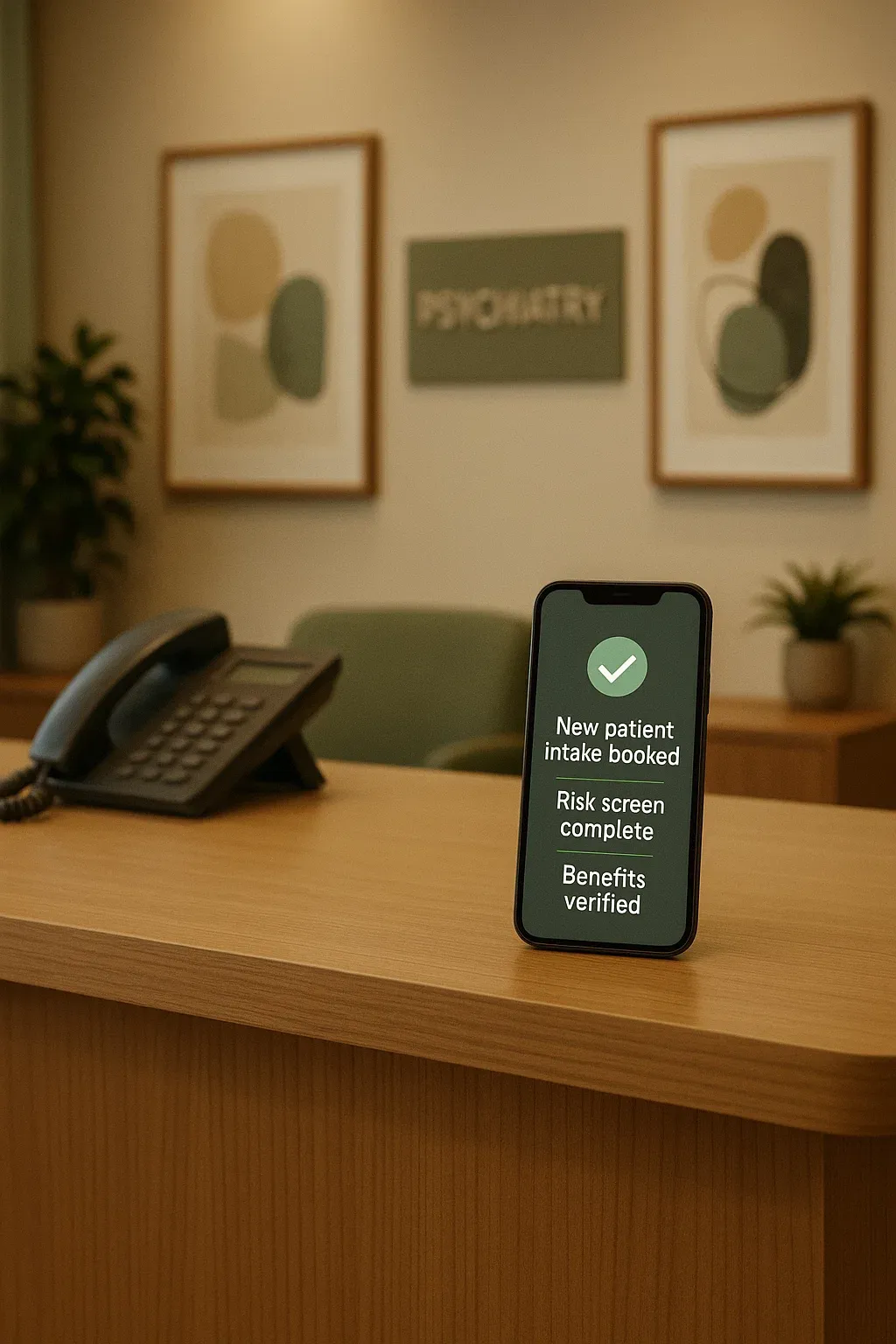
Overcoming Industry Hurdles
Psych practices run on precision: right patient, right clinician, right slot, right documentation. Missed calls, vague intakes, or benefits surprises derail care and burn staff time.
After-Hours Drift
High-intent new patients go elsewhere when nobody picks up at 7:30 pm.
Risk Not Caught Early
Suicidality or psychosis cues get buried in voicemails.
Benefits Blind Spots
Out-of-network surprises at check-in create cancellations and churn.
Built For Psychiatry. Tuned To Clinical Reality.
Triage by Presenting Concern
Routes ADHD, mood/anxiety, psychosis, SUD, child/adolescent, and peri-partum to the correct track and template.
Risk & Escalation Protocols
Detects phrases suggestive of SI/HI or acute decompensation, asks brief safety questions, and triggers your on-call workflow. If imminent danger is disclosed, it advises emergency services and connects per policy.
Med-Management vs Therapy Matching
Books 20–30 minute med checks vs 45–60 minute therapy, honors clinician panels, sub-specialties, and age ranges.
Benefits & Eligibility Checks
Collects payer, member ID, DOB, and runs behavioral health eligibility. Stores copay/coinsurance notes in the appointment.
Refills, Prior-Auth, and Controlled-Substance Guardrails
Captures refill context, last fill, pharmacy, and flags controlled-substance rules. Opens PA tasks for TMS/esketamine or step-therapy meds to your queue.
Forms, Screens, and Secure Logs
Sends PHQ-9/GAD-7 links, telehealth consent, and practice policies. Encrypts recordings and transcripts with role-based access.
Less Hold Music. More Healthy Minutes.
Higher Kept-Appointment Rate
Clear benefits and prep reduce day-of friction.
Safer, Cleaner Intake
Risk cues surfaced early with documented hand-offs.
Staff Time Back
Front desk stops chasing voicemails and benefits portals.

